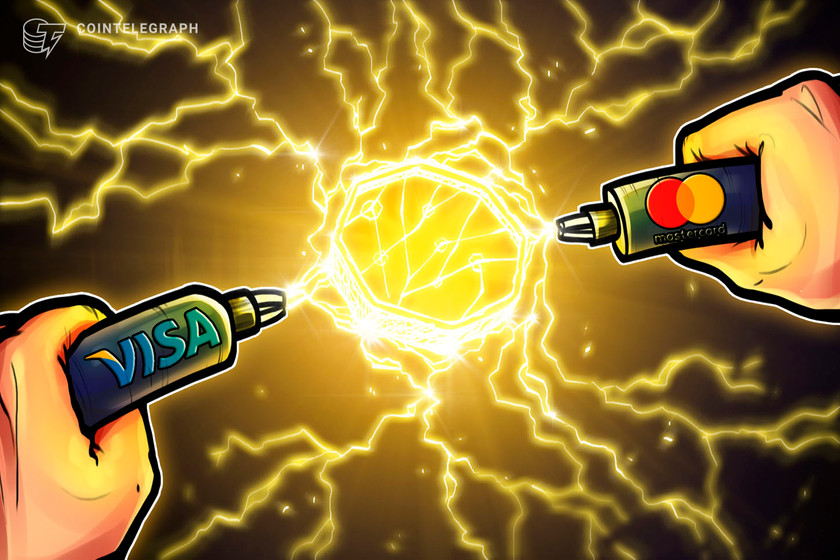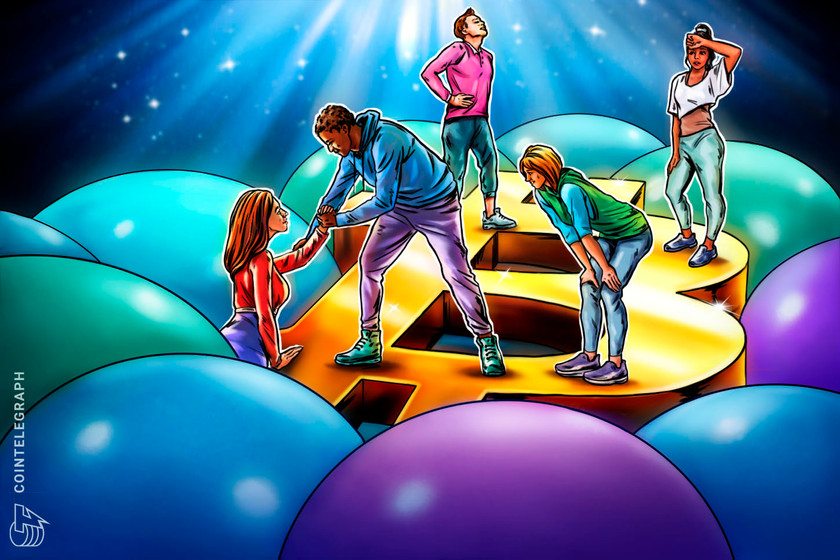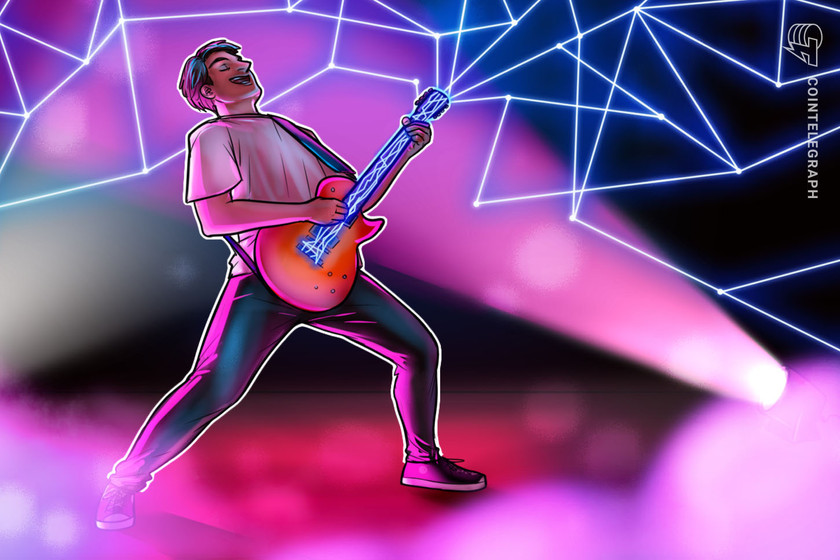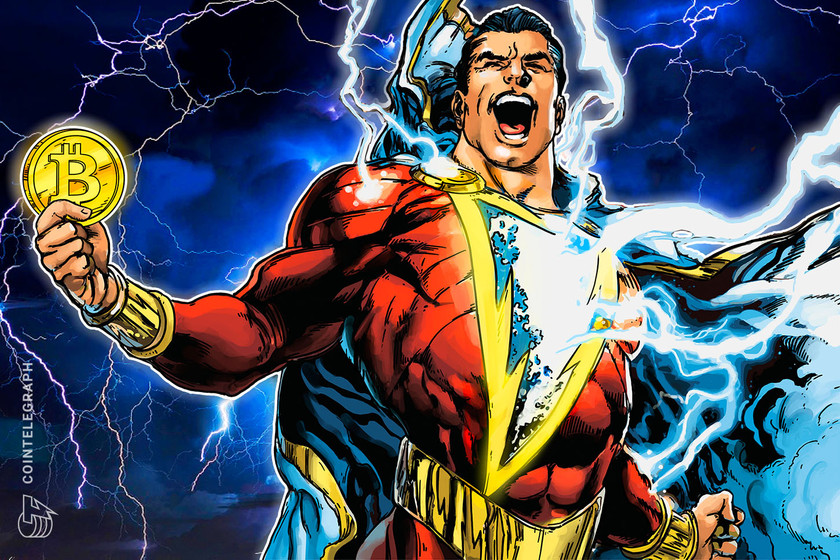Michael Saylor snubs claims he doesn’t use Bitcoin Lightning Network


Saylor wanted to demonstrate just how well he can use Bitcoin’s layer-2 Lightning Network by hosting a meme competition.
The executive chairman of MicroStrategy, Michael Saylor, does not like to be called out. He responded to a poll shared by Eric Wall, a crypto researcher, that suggested he had not used Bitcoin’s layer-2 Lightning Network more than three times with a Twitter poll of his own.
The correct answer is Yes, and I will make three more transactions of 1,000,000 sats each to the 3 posters of the most liked #Lightning⚡️ memes in the comments below. https://t.co/qXZ90q4Ly9
— Michael Saylor⚡️ (@saylor) October 4, 2022
Saylor replied to the poll with a resounding yes, and kickstarted a meme competition with a 1,000,000 satoshi giveaway, or 0.01 Bitcoin (BTC) — worth around $200 — to the most liked meme. In giving away satoshis to prizewinners, Saylor will literally use the Lightning Network three times.
In typical Crypto Twitter fashion, Wall has since created a new poll suggesting that it’s actually Saylor’s assistant who is tweeting back and forth not the CEO himself. Wall told Cointelegraph:
“My latest poll asks whether it’s Saylor or his assistant who made any of the comments you’re referring to. The alternative suggesting it’s his assistant is currently winning.”
Saylor first tweeted about the Lightning Network in May 2021 and has since become a proponent for the layer-2 payments solution built on Bitcoin, as well as LiFi, or Lightning Finance. Wall, a former chief investment officer at Arcane Research, has called out Saylor several times, and his initial optimism about the Lightning Network in 2018 has dissolved into critiques.
Other prominent Bifluencers such as Udi Wertheimer and Lilli, head of business development at Foundation Devices, regularly knock the LN. Lilli recently called the network a “failure,” and Udi said, “Nobody uses it.”
The poll as well as recent commentary from Wall bring into focus a bigger issue. Is the Lightning Network a fringe solution to Bitcoin’s scalability problem that even the biggest names in the Bitcoin space struggle to use? Or, is the Lightning Network — following eight years of development — a failure?
Related: Busking on Bitcoin: How Lightning Network outperforms Ethereum for tipping
Wall shared a series of videos highlighting difficulties in transferring funds over the LN from old Bitcoin wallets to a new phone. He also predicted that Bitcoin capacity on the LN will not exceed 6,000 BTC before 2023. Bitcoin network capacity surged through 4,000 BTC in June and 5,000 BTC in October. With two months to go until year-end, Wall tweeted that it’s “gonna be a nail-biter.”
Perhaps major companies entering the space will bolster LN usage and improve sentiment. Saylor is doubling down again on his Bitcoin strategy, as MicroStrategy is hiring Lightning developers. Furthermore, NYDIG, a leading Bitcoin company, announced in its Q3 report that “Now it’s time for Lightning,” stating its intention to contribute to the LN.
For smaller Bitcoin-first companies, deals are struck and announcements are made on a weekly basis. Strike recently led a successful $80 million funding round, while Galoy, the team behind El Salvador’s Bitcoin Beach wallet, has implemented dollars onto the LN — a boon for emerging markets. In Gibraltar, a highly sophisticated financial market, Lightning Network adoption is thriving.
Finally, in a recent panel discussion moderated by Cointelegraph in France, prominent Lightning Developers including “Dr. Bitcoin” himself, Christian Decker and data scientist Rene Pickhard mulled over whether transaction failure on the LN is acceptable in 2022.
To all the talk about ‘failure’ of Bitcoin’s lightning network right now, watch this clip ⬇️
LN experts discuss transaction success & failure and progress to date ⚡️
@SurfinBitcoin by @StackinSat_FR ♂️
August 22
@renepickhardt , @Snyke , @therealkingonly pic.twitter.com/ehHuYGg78Y— Joe Hall ⚡️ defendingbtc.com (@JoeNakamoto) October 5, 2022
The overwhelming sentiment from the panel that day is that the LN is still a work in progress. It’s neither a resounding success as it’s still early. For Nicolas Burtey, CEO of Galoy — the group behind the Adopting Bitcoin, a Lightning Summit in El Salvador — “The adoption of Bitcoin in El Salvador was the tipping point for Lightning.” The El Salvador Bitcoin Law hit its year anniversary one month ago.
In the meantime, there are now hundreds of memes in reply to Saylor’s tweet.
Cointelegraph reached out to Wall, who declined to comment. Cointelegraph will update the article if Saylor, Wertheimer or Lilli share commentary.

























